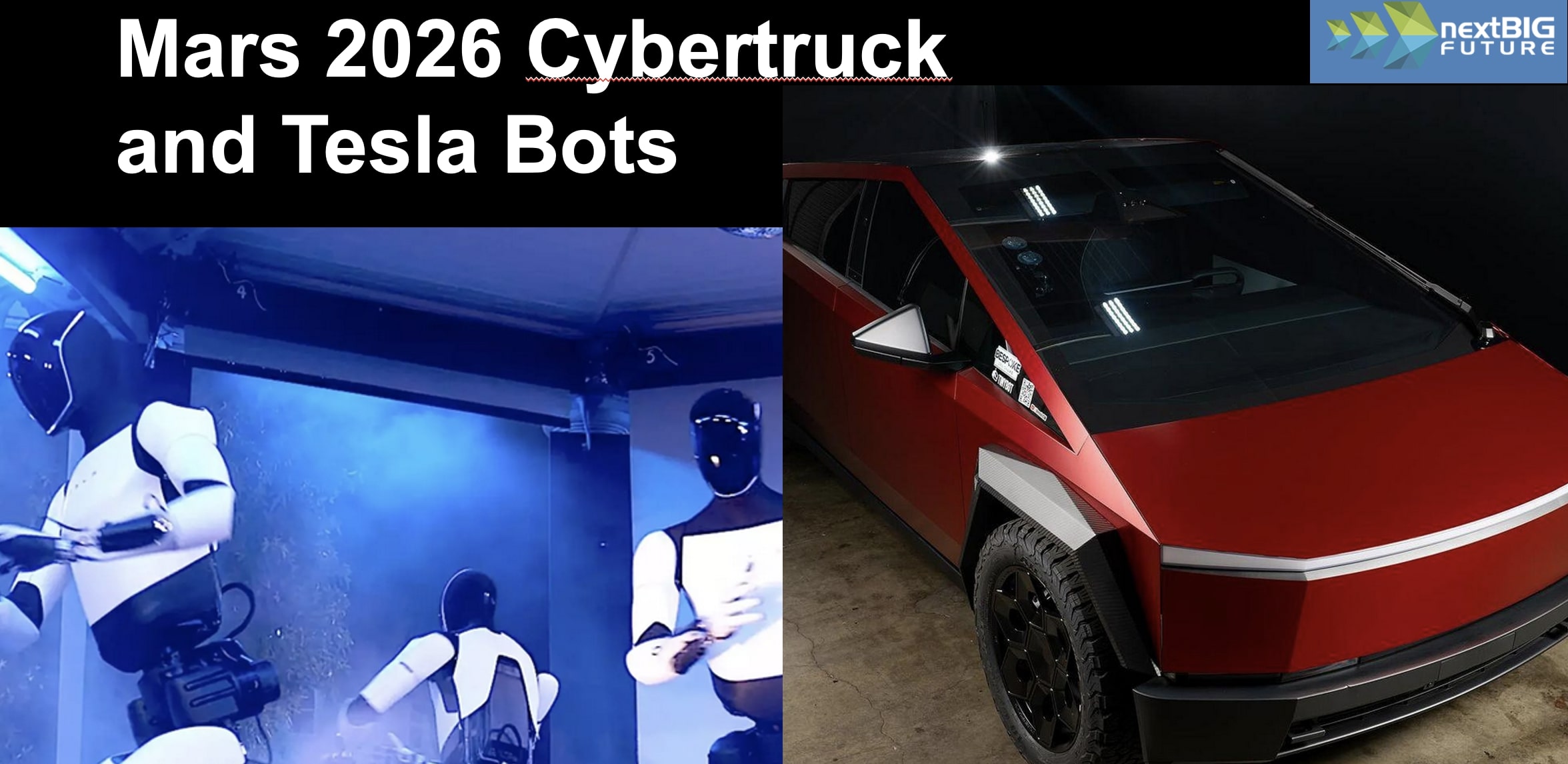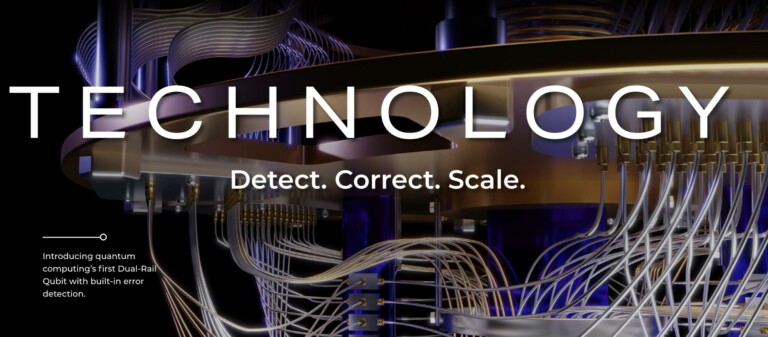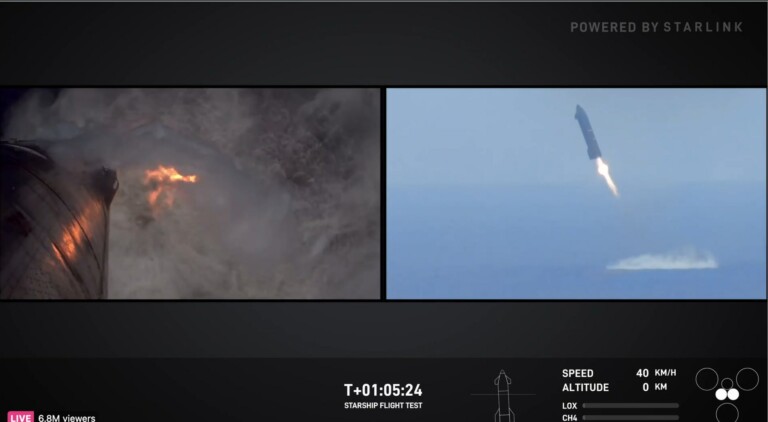SpaceX Starships Will Bring Cybertrucks and Teslabots to Mars in 2026 | NextBigFuture.com
Elon Musk is confident of unmanned SpaceX Starships going to Mars in the 2026 launch window. The Starships will bring Teslabots and Cybertrucks to Mars as part of the payload.
SpaceX will need to bring systems to make methane fuel and liquid oxygen out of the Mars atmosphere.
It would be ideal to have the unmanned systems brought to Mars create the fuel and oxygen so that those resources will be waiting for the human astronauts sent in 2028.
It would also be good if the teslabots and cybertrucks could build landing pads for the future missions.
In-Situ Resource Utilization (ISRU) Strategy
Methane Production
Sabatier Reaction: SpaceX plans to produce methane on Mars using the Sabatier process, which involves reacting carbon dioxide from the Martian atmosphere with hydrogen extracted from water ice. This reaction produces methane and water.
Water Extraction: Water will be obtained by mining Martian ice, particularly from polar regions where water ice is abundant
Hydrogen Production: Water extracted from ice will be electrolyzed to produce hydrogen, which will then be used in the Sabatier reaction.
Liquid Oxygen Production
Electrolysis of Water: The electrolysis process not only produces hydrogen but also oxygen, which can be liquefied for use as rocket propellant.
Atmospheric CO2 Processing: SpaceX plans to capture carbon dioxide from the Martian atmosphere, which is composed of about 95% CO2, and use it in the Sabatier process to produce methane fuel
Infrastructure and Technology
Raptor Engines: SpaceX’s Raptor engines are designed to run on liquid methane and liquid oxygen, making them suitable for ISRU on Mars. These engines use a full-flow staged combustion cycle, which is efficient and reduces engine coking
Energy Sources: The energy required for these processes could be supplied by solar panels
The Mars Society- Marspedia describes Atmospheric processing. Atmospheric processing is the extraction of substances out of the Martian atmosphere and the usage as raw material for further processing.
CO2 chemical separation
This is usually a two step process of separation and regeneration. In the primary separation vessel, the Martian atmosphere is passed through a reactor where the CO2 is removed by contact with the amine/ionic solution, that binds it to itself with light chemical bonds. The CO2 rich amine/ion solution is pumped to the regeneration vessel, where heat and pressure changes are applied, to break the link with the CO2 and liberate it as a gas. The separated CO2 can be removed by a compressor, and stored. The regenerated amine or ionic solution is free to capture more CO2, and is pumped back to the separator vessel and the reactor area. The reactor can take many forms, but generally the basic principle is to increase the surface contact area to increase the mixing of the CO2 and the amine/ion solution.
Brian Wang is a Futurist Thought Leader and a popular Science blogger with 1 million readers per month. His blog Nextbigfuture.com is ranked #1 Science News Blog. It covers many disruptive technology and trends including Space, Robotics, Artificial Intelligence, Medicine, Anti-aging Biotechnology, and Nanotechnology.
Known for identifying cutting edge technologies, he is currently a Co-Founder of a startup and fundraiser for high potential early-stage companies. He is the Head of Research for Allocations for deep technology investments and an Angel Investor at Space Angels.
A frequent speaker at corporations, he has been a TEDx speaker, a Singularity University speaker and guest at numerous interviews for radio and podcasts. He is open to public speaking and advising engagements.
Information contained on this page is provided by an independent third-party content provider. This website makes no warranties or representations in connection therewith. If you are affiliated with this page and would like it removed please contact editor @riverton.business






